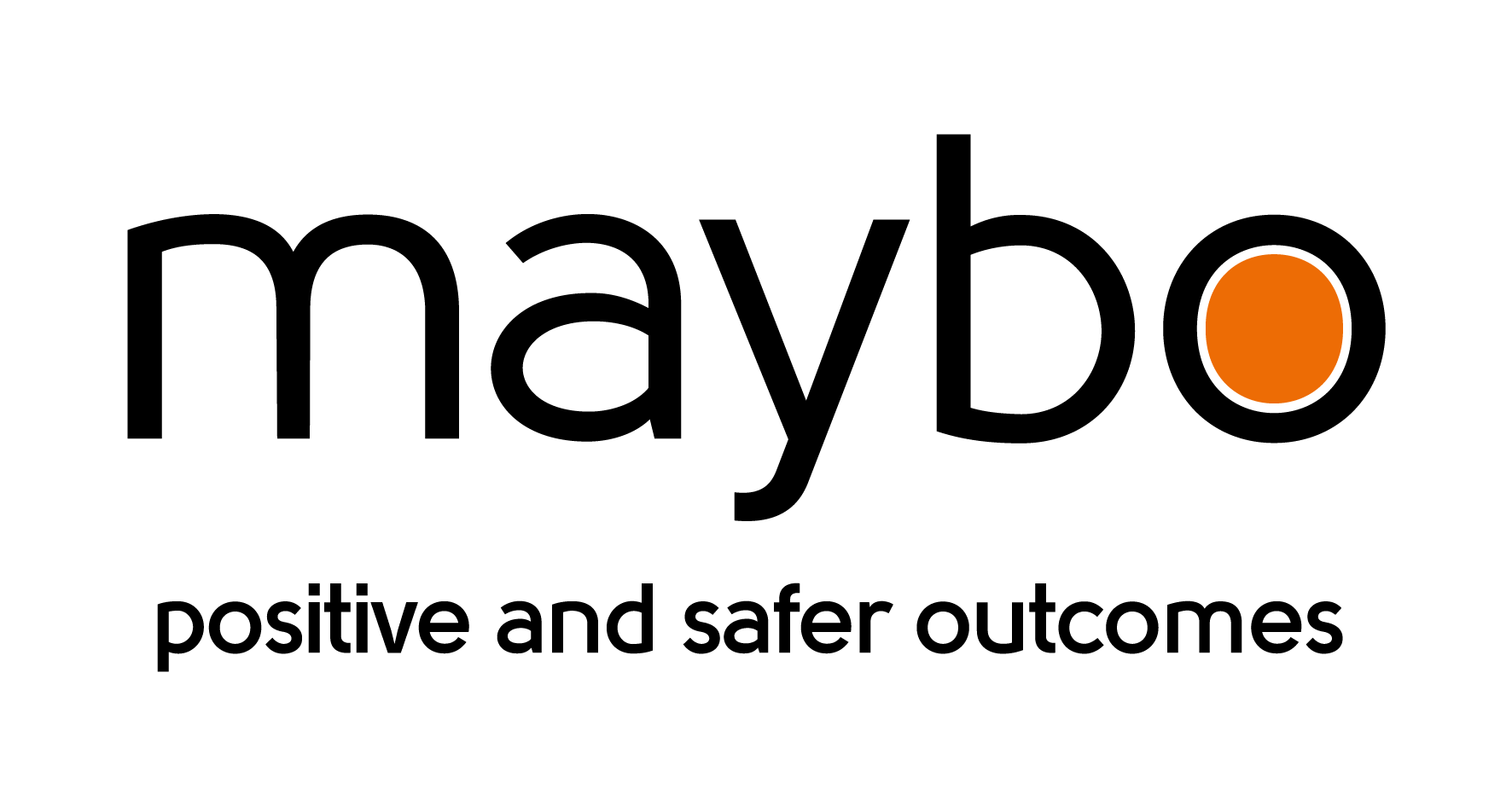Enter
Nominations for the 2026 WVRAs are OPEN!
The WVRAs are designed to recognise those who excel in different aspects of reducing violence in all types of workplaces in any sector. These awards are designed to be both independent and inclusive, and they are open to anyone who excels at reducing workplace violence in any sector operating in the United Kingdom
The categories and criteria for the WVRAs are listed below.
The criteria for the WVRAs entries are decided centrally by the WVRAs. Please note that it is important that all the entry criteria are covered in the submission, as judges can only provide their scores against the information that is submitted on the entry. External links and attachments are not permitted.
Entries Close at midnight on the 11th February 2026.
The judges are responsible for selecting the finalists and winners of each category. Their decision is final and no correspondence will be entered into. The award organisers also reserve the right to not award a category if circumstances deem it necessary. There is no charge to submit an entry.
Nominees may enter themselves or others more than once in multiple categories.
Please note that nominations are scored on the quality of the answers. Answers that are deemed too short will not be submitted to the judges, and there is no advantage given to nominees who enter multiple times in the same category.
Outstanding Leadership
This category recognises leaders. Leaders can operate in different ways; they may work as advisors to an organisation have a strategic role or be local service and practice leaders. Whatever the role, this category recognises outstanding performers who have identified what needs to happen to improve safety and wellbeing and have demonstrated personal commitment and leadership attributes in delivering positive change.
To enter this category you will be asked to:
- Describe the role of the leader and the ways in which the individual has led positive change in reducing workplace violence, and improved safety and wellbeing. (up to 500 words)
- Provide details of the value added by the leader and specific leadership qualities that were key to this. (up to 500 words)
The judges will be looking for evidence of outstanding performance in:
- Highlighting the challenges that the organisation/service faced and the specific areas of need the leader set out to address
- Showing the leadership skills, qualities and innovative approaches that enabled the leader to overcome challenges and deliver positive change
- Identifying the ways in which the role has influenced the changes described
- Illustrating how the Leader has actively engaged and involved the people who deliver the service/s and the people who receive and experience it
- Demonstrating the improvements made to the organisation/service and benefits for its employees and the people they support and/or interact with
Outstanding Training Initiative
This category recognises individuals or companies that have implemented an outstanding training initiative, which has produced identifiable and impactful results. Training is an important element of a workplace violence reduction strategy when it addresses the specific operational risks, needs and vulnerabilities identified. This category looks to recognise those who have made a tangible difference to improving working practices, safety and wellbeing via training.
To enter this category you will be asked to:
- Describe the training initiative, highlighting its need and key features that were responsible for delivering outstanding performance and outcomes. (up to 500 words)
- Describe how the training initiative made a positive impact for the organisation, its employees and the people who they support and/or interact with. (up to 500 words)
The judges will be looking for evidence of outstanding performance in:
- Demonstrating a rigorous approach to identifying risks and needs, then defining the skills gap and changes in behaviour required
- Discussing the aims of the initiative and how the training integrates with other organisational violence reduction strategies
- Showing how stakeholders have been actively involved in design, including the people who deliver the service/s and the people who receive and experience it
- Highlighting how the training has delivered the desired changes and tangible improvements to the safety and wellbeing of employees and the people they support and/or interact with
- Identifying factors key to the success of the training initiative and how the benefits are being sustained.
Outstanding Partnership Initiative
This category recognises success in violence reduction through an outstanding partnership initiative either intra or inter sector. Frequently partnerships are identified as crucial to good practice but often may involve little more than cooperation, a very different thing. Effective partnerships are most often the result of good planning involving key stakeholders, around identifiable objectives, designed to deliver specific benefits, and are typically characterised by good management/co-ordination.
To enter this category you will be asked to:
- Describe the violence reduction partnership, its aims and the benefits it provides. (up to 500 words)
- Describe how the partnership demonstrates outstanding performance in violence reduction and improving relationships and wellbeing, and why it deserves recognition. (up to 500 words)
The Judges will be looking for evidence of outstanding performance in:
- Discussing the role of the partnership and the key benefits it provides
- Highlighting the approach, specific skills and tactics that underpin performance
- Demonstrating how stakeholders have been actively involved, including the people who deliver the service/s and the people who receive and experience it
- Providing examples of how the Partnership has benefited all stakeholders, including employees, service users and visitors
- Showing how the Partnership has achieved outcomes that could not otherwise have been achieved (or as well) without it, and how these are sustainable.
Outstanding De-escalation Skills
sponsored by Assist Security Group
This category recognises any individual or team showing outstanding de-escalating skills. This could be based on a response to a single incident or good practice demonstrated over time. De-escalation techniques are forms of interpersonal communication and behaviour that aim to prevent or resolve inter-personal conflict peacefully. The focus here is on those who have shown outstanding de-escalation skills in testing circumstances, where people may have been agitated, angry, aggressive and potentially vulnerable. It recognises outstanding relational skills and ability to empathise, build trust and create safety without reliance on coercion.
To enter this category you will be asked to:
- Describe the situation/context and the behaviours presented during an incident, or over a period of time, and the de-escalation skills and strategies used. Highlighting how these led to a de-escalation and potential resolution of conflict. (up to 500 words)
- Describe the outcomes for employees and the person/s with who they interacted and why the nominee/team deserves recognition. (up to 500 words)
The judges will be looking for evidence of outstanding performance in:
- Discussing the ways in which the approaches were considered outstanding
- Interpreting the factors about the context that rendered the use of skills challenging
- Identifying the de-escalation skills and strategies used and how they were impactful, and how these helped resolve the situation/s
- Highlighting the personal attributes of staff involved that were significant in facilitating a positive outcome/s
- Demonstrating the significance of the intervention/s from a personal and organisational perspective.
Outstanding Safe Settings/Spaces
This category recognises outstanding performance by organisations, in any sector, in creating an environment/s, where employees and the people they support and/or interact with feel safer. Creating a safe environment is fundamental to achieving positive outcomes for individuals and organisations. Environmental design and security measures can play an important role, but outstanding performers go further in creating a felt sense of safety for people and relational security.
To enter this category you will be asked to:
- Describe the safer setting that was created, highlighting its key features and the context in which outstanding performance was achieved. (up to 500 words)
- Describe the impact in terms of safety and an improved experience for people who work at, visit or are supported in the environment, including and any quality-of-life outcomes. (up to 500 words)
The judges will be looking for evidence of outstanding performance in:
- Explaining its aims and why these were important
- Discussing how a range of strategies are used to create a positive and safer environment/s, including physical and relational safety and security aspects
- Demonstrating how stakeholders are actively involved in strategies and design, including – where appropriate – the people who work in the environment and the people it supports and experience it
- Providing tangible examples of improvements in environmental and personal security, safety and wellbeing for the stakeholders
- Showing how the benefits are sustained.


